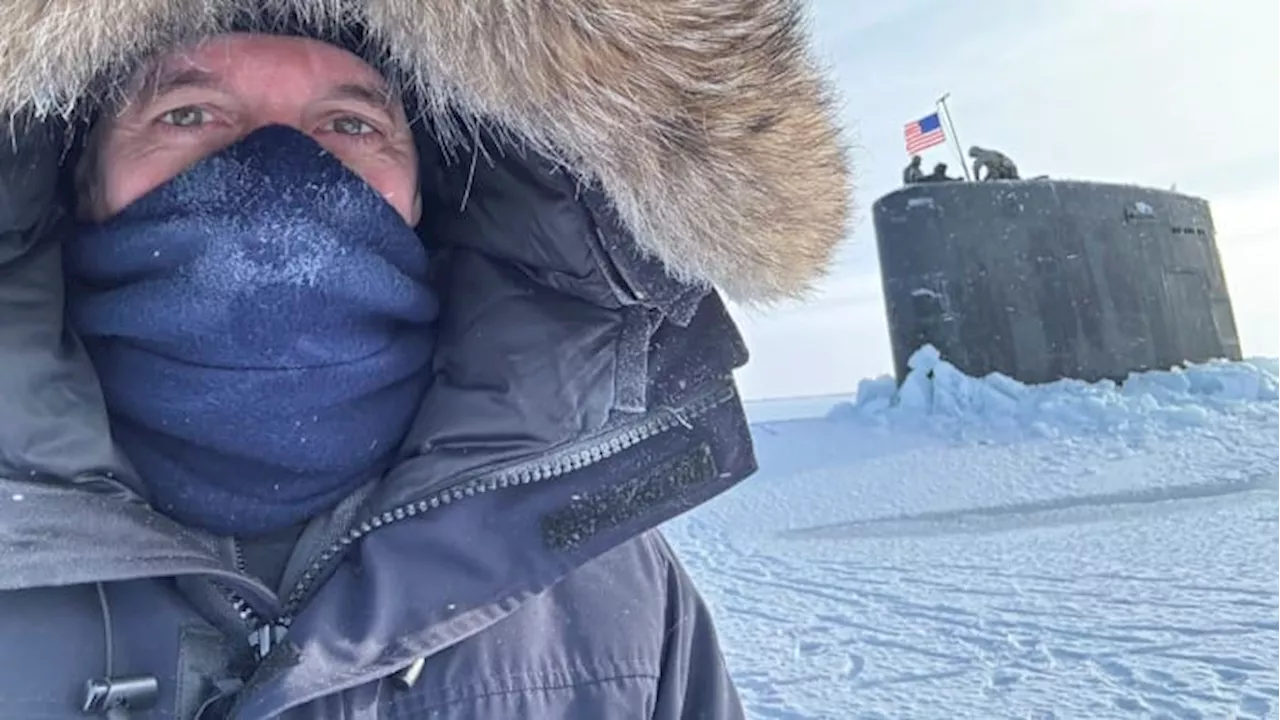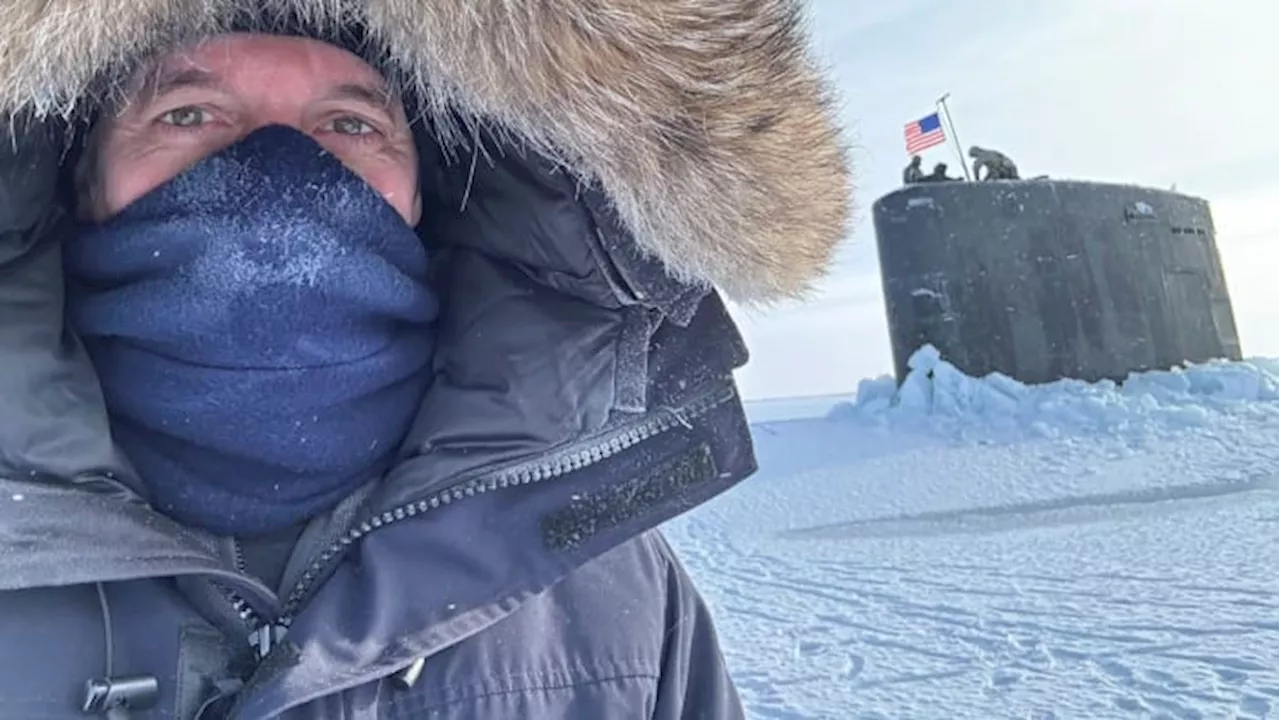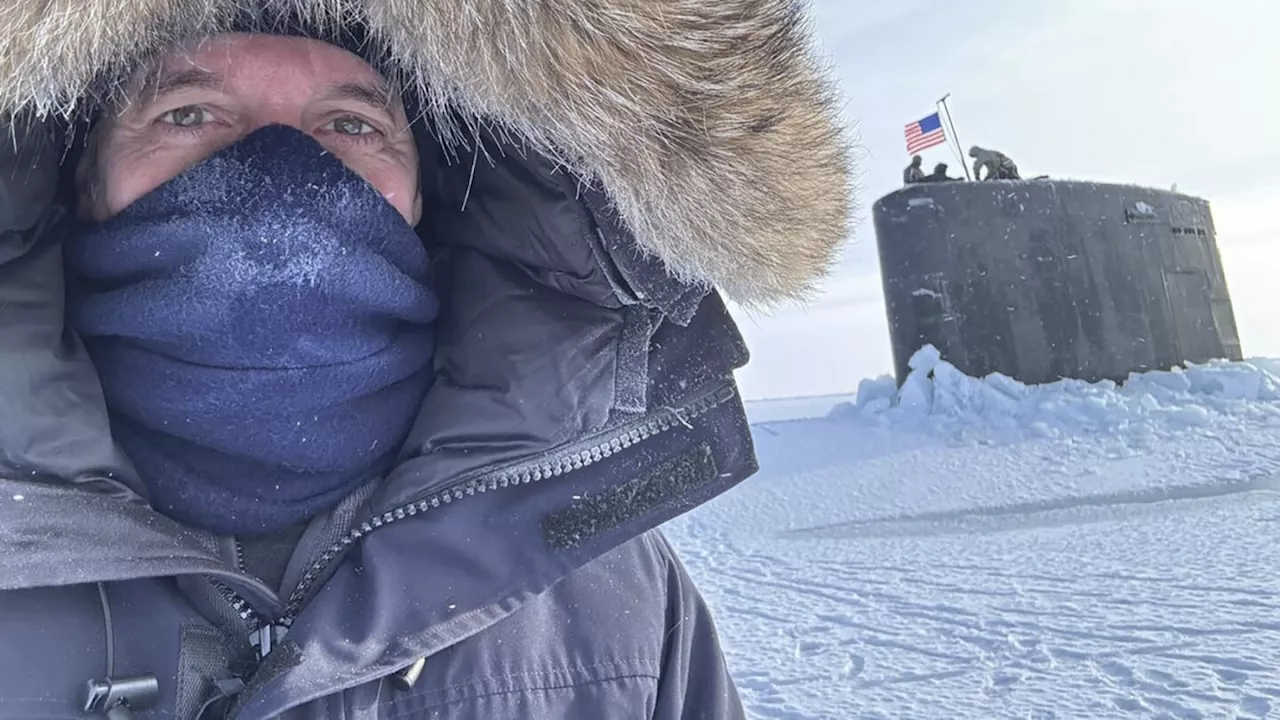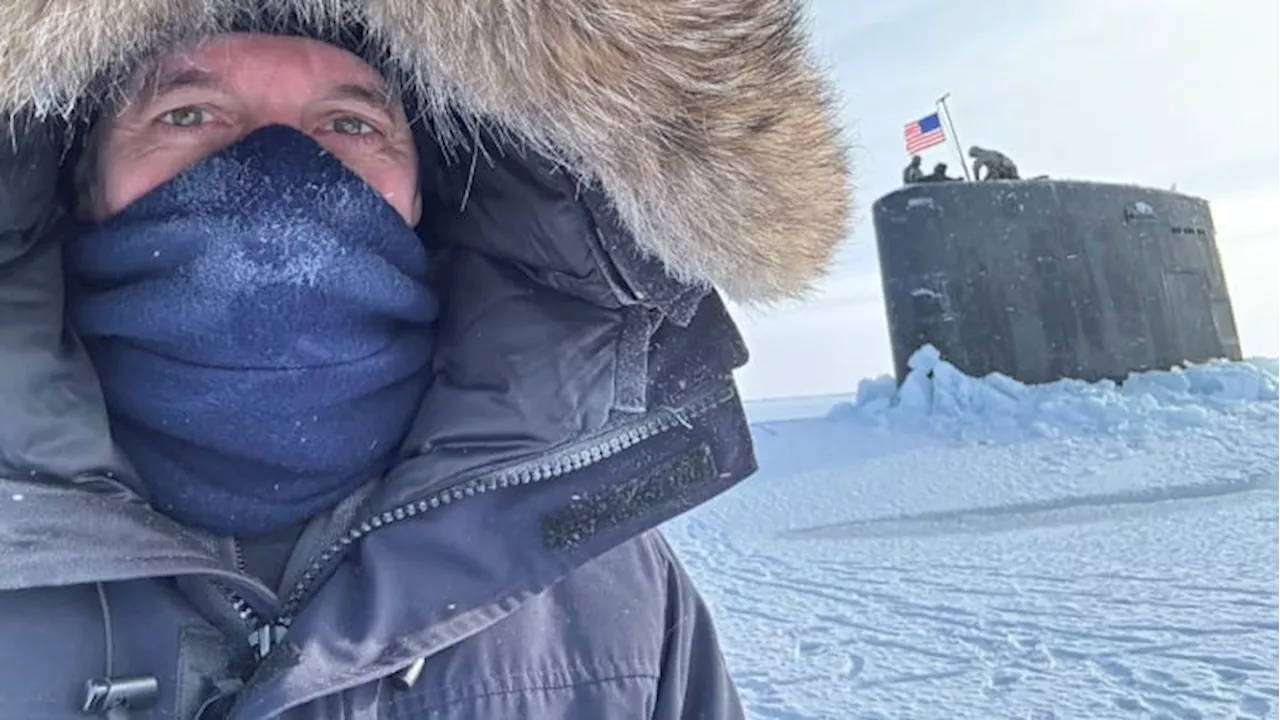An island eroding into the bay offers tantalizing clues about when and how humans first made their way into North America.
By Carolyn Y. Johnson, The Washington PostParsons Island in Maryland has yielded exciting but controversial evidence that humans were present more than 20,000 years ago, a time when much of the continent was covered in ice sheets. back and squinted at a 10-foot-tall bluff rising above a narrow strip of beach. To the untrained eye, this wall of sandy sediment is the unremarkable edge of a modest island southeast of the Bay Bridge.
New claims of sites dated this far back face a wall of skepticism, rooted in legitimate scientific scrutiny and in the threat they pose to long-entrenched views. Darrin Lowery, a geologist, and his team have unearthed 286 artifacts from the site. They sent out sediment to labs that specialize in studying ancient pollen and microfossils called phytoliths to help reconstruct the ecosystem at the time. Back then, this region wouldn’t have been a coastline.
Parsons is a 78-acre island less than a mile offshore that is privately owned by the Corckran family, which uses it as a family retreat. With the Corckrans’ permission, Lowery and colleagues began to visit regularly. The bluff layersThen, one morning in August 2013, the team discovered a leaf-shaped prehistoric stone tool jutting out of this crumbling wall. They knew from the work they’d already done that it was probably quite old.
and conducted a formal, top-down excavation, collecting the 286 artifacts. They sent out sediment to labs that specialize in studying ancient pollen and microfossils called phytoliths to help reconstruct the ecosystem at the time.region wouldn’t have been a coastline. The sediment the tools are embedded in dates to the “last glacial maximum” - the scientific term for the most recent coldest period of the Ice Age.
Claims of early sites present a challenge on two fronts. The first is technical: Dating a site convincingly can be difficult, depending on the context. Sediments can shift or be disturbed. What at first look like artifacts can turn out to be “geofacts,” created not by humans but by natural processes or animals.
That approach irritates some scientists. David Meltzer, an archaeologist at Southern Methodist University, said in an email that he would not discuss Lowery’s claims “until they go through the wringer of peer review and get published.” said that it’s hard to find the artifacts in the kind of bulletproof geological context needed to support extraordinary claims.Michael Waters, an archaeologist at Texas A&M University who has worked on pre-Clovis sites and excavated at Parsons Island, thinks he probably got there too late, when most of the artifacts had already been eroded out. Still, he pays someone to monitor the bank profile on a regular basis, because he’s ready to jump on a plane if they see something in place.
Joe Watkins, a senior consultant for Archaeological and Cultural Education Consultants in Tucson and a Choctaw tribal member, said that he sees a few problems with using the still-evolving DNA evidence to decide how ancient sites are related to modern-day people.
United States Latest News, United States Headlines
Similar News:You can also read news stories similar to this one that we have collected from other news sources.
 Scientists find ancient, endangered lamprey fish in Queensland, 1400 km north of its previous known rangeScientists have confirmed the identity of an unusual, ancient and Endangered species of fish that is living in the coastal rivers of Queensland, about 1400 km north of where it was previously known to live.
Scientists find ancient, endangered lamprey fish in Queensland, 1400 km north of its previous known rangeScientists have confirmed the identity of an unusual, ancient and Endangered species of fish that is living in the coastal rivers of Queensland, about 1400 km north of where it was previously known to live.
Read more »
 Scientists find ancient, endangered lamprey fish in Queensland, 1400 km north of its previous known rangeThe Australian brook lamprey (Mordacia praecox) is part of a group of primitive jawless fish. It's up to 15 cm long, with rows of sharp teeth. Surprisingly, it doesn't use these teeth to suck blood like most lamprey species—it's non-parasitic.
Scientists find ancient, endangered lamprey fish in Queensland, 1400 km north of its previous known rangeThe Australian brook lamprey (Mordacia praecox) is part of a group of primitive jawless fish. It's up to 15 cm long, with rows of sharp teeth. Surprisingly, it doesn't use these teeth to suck blood like most lamprey species—it's non-parasitic.
Read more »
 Fox News' Bill Hemmer heads north — way north — for look at U.S. military preparednessFox News' Bill Hemmer went on a road trip, but it was far from a beach vacation.
Fox News' Bill Hemmer heads north — way north — for look at U.S. military preparednessFox News' Bill Hemmer went on a road trip, but it was far from a beach vacation.
Read more »
 Fox News' Bill Hemmer heads north — way north — for look at U.S. military preparednessFox News' Bill Hemmer went on a road trip, but it was far from a beach vacation.
Fox News' Bill Hemmer heads north — way north — for look at U.S. military preparednessFox News' Bill Hemmer went on a road trip, but it was far from a beach vacation.
Read more »
 Fox News' Bill Hemmer heads north — way north — for look at U.S. military preparednessFox News' Bill Hemmer went on a road trip, but it was far from a beach vacation. The news anchor headed to the Arctic Circle for a documentary, “Battle for the Arctic,” that talks about U.S. military preparedness in the region, available on the Fox Nation streaming service.
Fox News' Bill Hemmer heads north — way north — for look at U.S. military preparednessFox News' Bill Hemmer went on a road trip, but it was far from a beach vacation. The news anchor headed to the Arctic Circle for a documentary, “Battle for the Arctic,” that talks about U.S. military preparedness in the region, available on the Fox Nation streaming service.
Read more »
 Fox News' Bill Hemmer heads north — way north — for look at U.S. military preparednessFox News' Bill Hemmer went on a road trip, but it was far from a beach vacation.
Fox News' Bill Hemmer heads north — way north — for look at U.S. military preparednessFox News' Bill Hemmer went on a road trip, but it was far from a beach vacation.
Read more »
